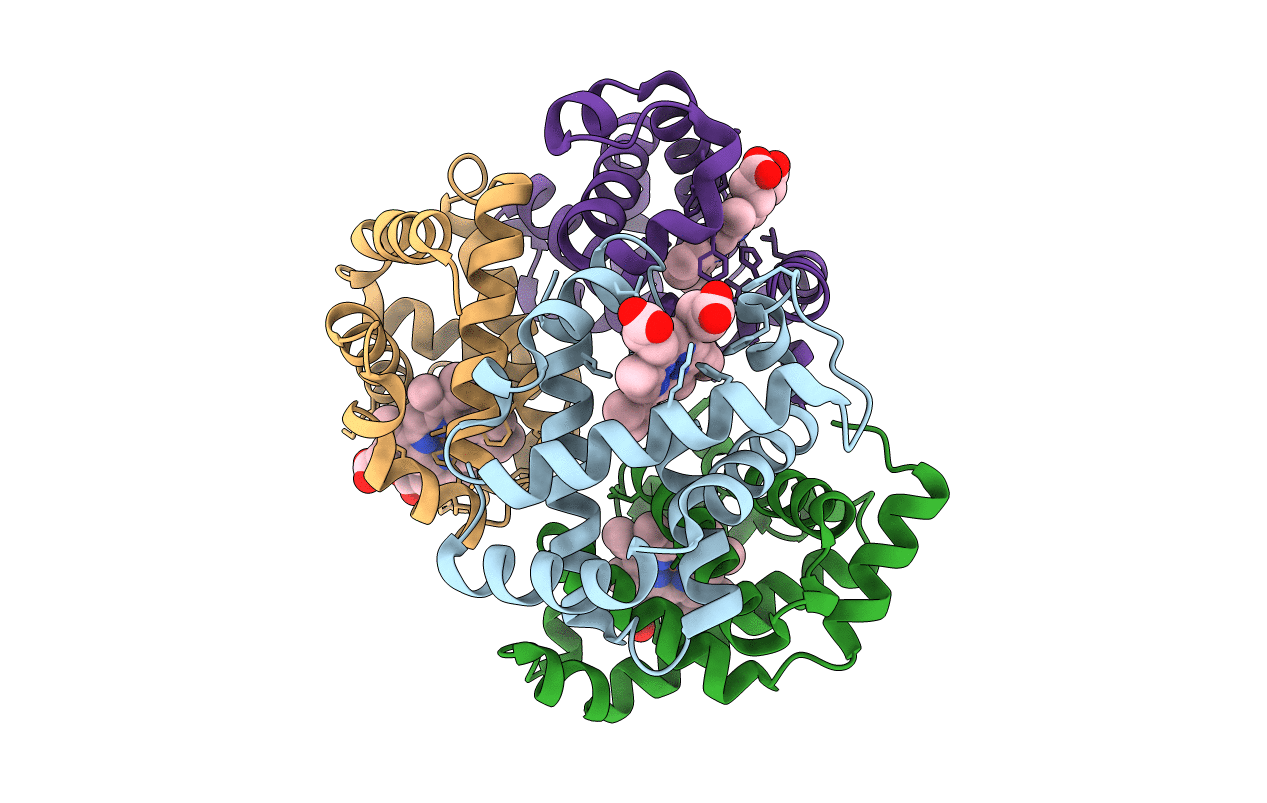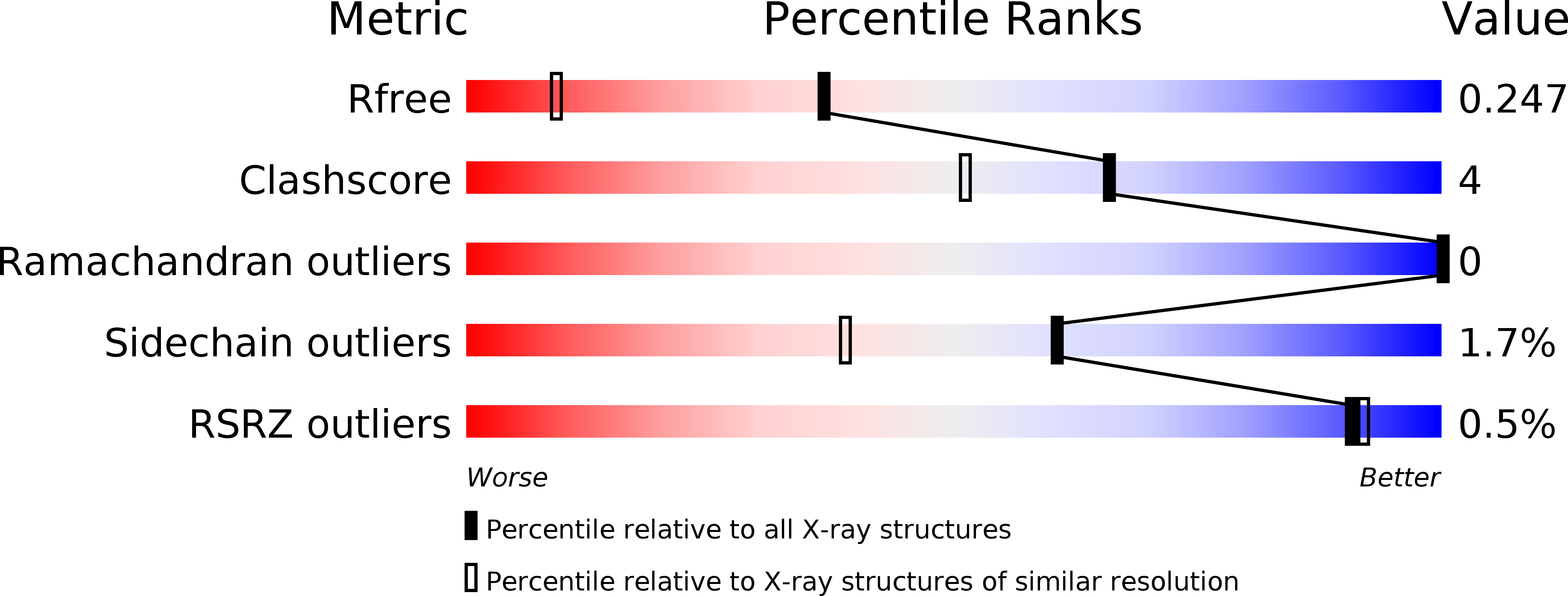
Deposition Date
2020-07-04
Release Date
2020-07-15
Last Version Date
2024-01-31
Entry Detail
PDB ID:
6ZMY
Keywords:
Title:
Crystal structure of hemoglobin from turkey (Meleagiris gallopova) crystallized in monoclinic form at 1.66 Angstrom resolution
Biological Source:
Source Organism:
Meleagris gallopavo (Taxon ID: 9103)
Method Details:
Experimental Method:
Resolution:
1.66 Å
R-Value Free:
0.25
R-Value Work:
0.20
R-Value Observed:
0.20
Space Group:
P 1 21 1


